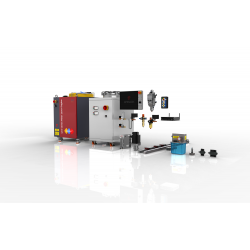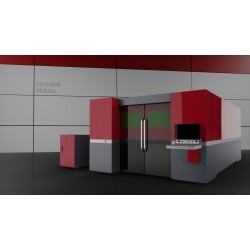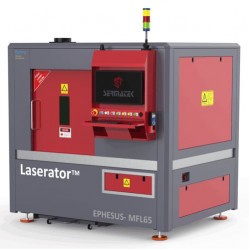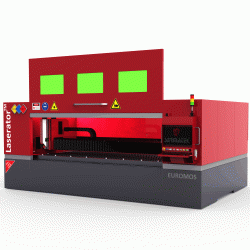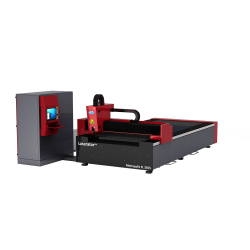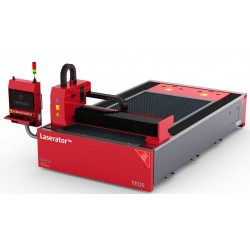Fiber Laser Cutting Machine
Fiber lasers have several advantages over other types of lasers. First of all, fiber laser units are more compact, making them easier to transport and integrate than other lasers. In addition, fiber lasers generally operate with higher efficiency, consume less power and require less maintenance. These are important advantages that make them widely used in industrial applications.
What is fiber laser cutting?
Fiber laser cutting technology, which is the most popular cutting technology of recent years, offers its users the opportunity to cut with a unique speed and precision. Fiber laser technology produces high-energy beams using stimulated radiation. When this high-energy beam reaches the surface to be cut, its energy is absorbed by the material, and thus the areas where the energy is absorbed melt and form the cutting process. The "melting of the cut material" or, more accurately, the "cutting of the melted material" that we have just mentioned, will reduce the cutting quality tremendously if the molten material is not removed from the environment. As a remedy for this situation, laser cutting machines spray high pressure air and various gases around the nozzle and the molten material is removed from the environment.
The information/files of the part that needs to be cut into a laser cutting machine are created and loaded by computer aided design (CAD) programs. Apart from the design of the parts, every machine must be controlled in some way, and in today's digitalized world, these processes are now carried out through the display control unit. These units help to control the surface of the material or the laser itself in order to produce the desired part.
Optionally, laser cutting machines can be delivered with sheet loading platforms for easier placement of the sheets to be used.
What is fiber laser?
Fiber laser is a laser technology used for cutting, welding, engraving or differentiating materials thanks to high-energy laser beams passed through fiber optics.
Fiber lasers use fiber optics to generate the laser light. The fibers are usually made of long, thin glass or quartz and connected to a high-energy pump source to generate laser light. This connected pump source generates lasers by stimulating atoms inside the fibers.

